Sourdough bread-making, an old fashioned skill, saw a resurgence in 2020 when grocery stores became suddenly empty of most bread products. I have been making sourdough bread for years now. After trying many different recipes, I have perfected a no-knead version I think you will LOVE. I am excited to share with you this BASIC Old Fashioned Sourdough that I use to make so many different sourdough products. . . dinner rolls, sandwich loaf, sweet rolls, bagels. . . you name it! All are easy and yummy too. Stir it together, no kneading required, ferment (let rest and rise) overnight if you like. Bake in the evening or even the next morning.
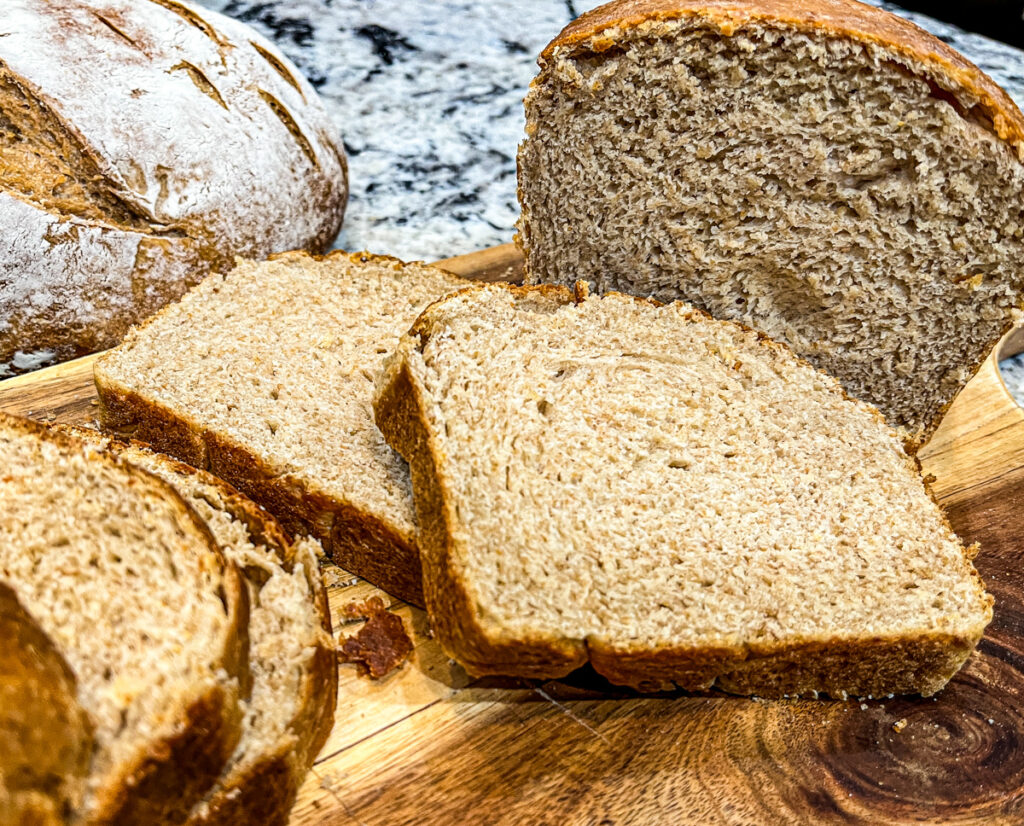
This post may contain Amazon Affiliate Links, which means I make a small commission at no extra cost to you. See my full disclosure at homemakingwithoutfear.com. Furthermore as an Amazon Associate, I may earn from qualifying purchases.
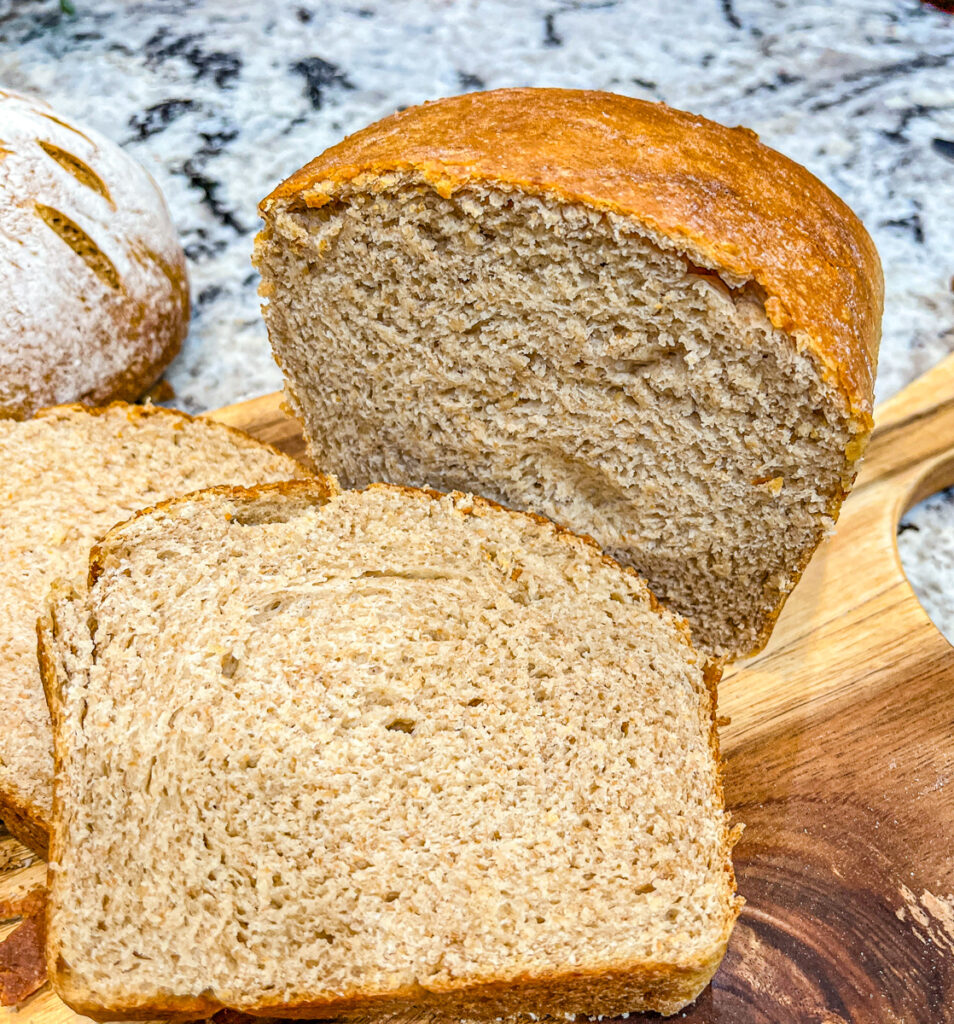
Old Fashioned Sourdough Sandwich Loaf
This basic sourdough recipe can be turned into so many different delicious sourdough products. Here are some of our favorites . . .
Sourdough Bagels
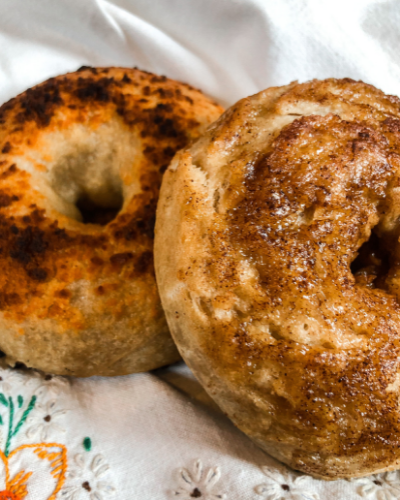
Sourdough Caramel Cinnamon Rolls
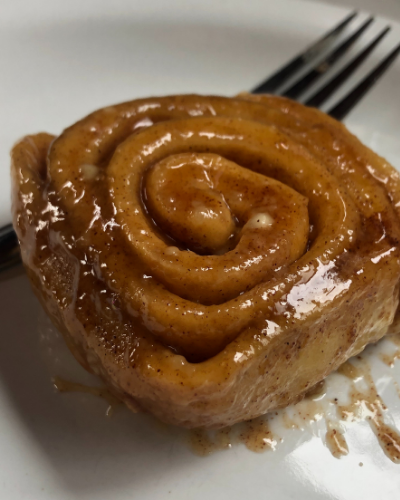
Sourdough Orange cinnamon rolls
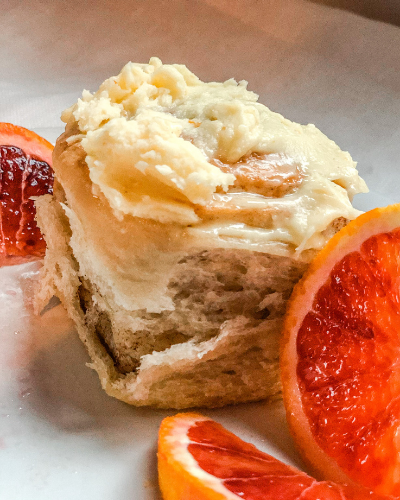
Why Sourdough?
Sourdough products are made without commercial yeast as the leavening agent in the bread. This means that the lovely,airy rise is a result of NATURAL yeasts undergoing fermentation.
Within a sourdough starter are NATURAL yeasts. These natural yeasts have been caught or “cultured” from our natural environment. As the wild yeasts ferment, carbon dioxide gas is released. This causes a sourdough starter to appear bubbly or “active” and when added to a bread recipe, results in a lovely rise with nooks and crannies perfect for butter or jam.
A traditional sourdough starter is “fed” water and flour everyday in order to keep the natural wild yeasts continue to growing and thriving. ((Learn more about the easier DRY Sourdough Starter Method HERE!))
Sourdough is something you can keep literally FOREVER if you follow a few basic tips to keep it fed and active.
Sourdough starter vs. commercial yeast:
Commercially produced yeast aka “baker’s yeasts” or “cultured yeast” is actually a member of the mushroom family. I didn’t actually know this until researching for this post!
Sourdough starter on the other hand, contains natural or wild yeasts which occur everywhere in our environment. They are inherently healthier and easier for our bodies to digest. After eating sourdough bread, blood sugar doesn’t tend to spike as high (lower glycemic index) AND we feel more satiated (fuller) and eat less.
Perhaps commercial yeasts are making us sick? Some suspect that many ailments including: acid reflex, gluten intolerance and wheat allergy have something to do with the commercial yeasts. Who knows!?
Like other fermented products, sourdough is gut healthy and helps us breakdown and digest gluten in bread products. Because of this people who are gluten sensitive (NOT ALLERGIC or intolerant) tend to better tolerate long fermented sourdough products.
While I am not completely against commercial yeast at all and love to make the traditional white, soft, fluffy breads . . . commercial yeast can be harder on our digestive systems AND isn’t sustainable. This means if the stores run out we can’t make bread.
Our ancestors have been making sourdough loaves long before commercial yeasts and grocery stores. In fact many families have sourdough starter that has been fed, nurtured and passed down through the years.
I could make sourdough for the HISTORY ALONE let along the wonderful product. Doing things the old-fashioned way really appeals to me and my tendency to be nostalgic and just a little bit crunchy.
So what does Old Fashioned Sourdough Starter entail?
I am so glad you asked. You CAN create a delicious, beautiful, light and lovely loaf of risen bread from. . .
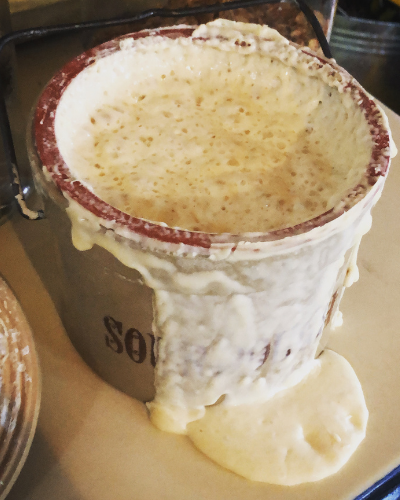
Simply:
- Flour
- Water
- Naturally occurring yeast (you capture wild yeasts from your own environment) – Cool Right!?
If you don’t have a sourdough starter that has been passed down for years, maybe you can get a start from a friend, fellow sourdough lover or . . . Why not make your own starter??
That is what I did and have kept it alive and well for over a year .
If I can do it. . . so can you!!
How to make your OWN basic old fashioned sourdough starter:
I made my own starter by simply combining flour and water, feeding it more flour and water every day and letting it collect natural yeasts in the air.
There is a bit more measuring and technicalities involved but don’t be scared this is not hard. Here are some EXCELLENT resources to get you started:
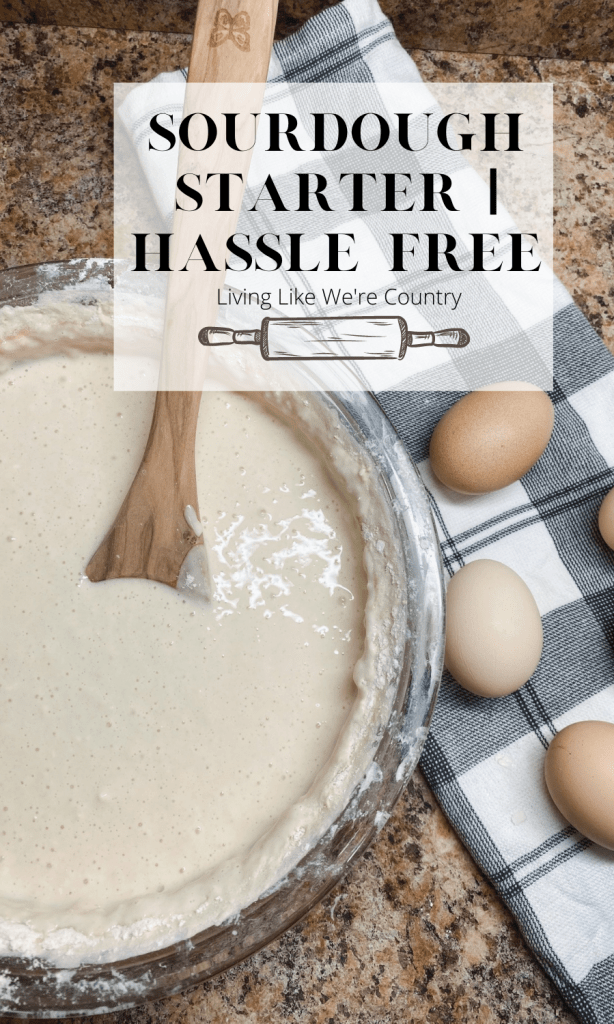
Here is a wonderful step by step how-to tutorial for Hassle Free Sourdough Starter from the blog Living Like We’re Country.
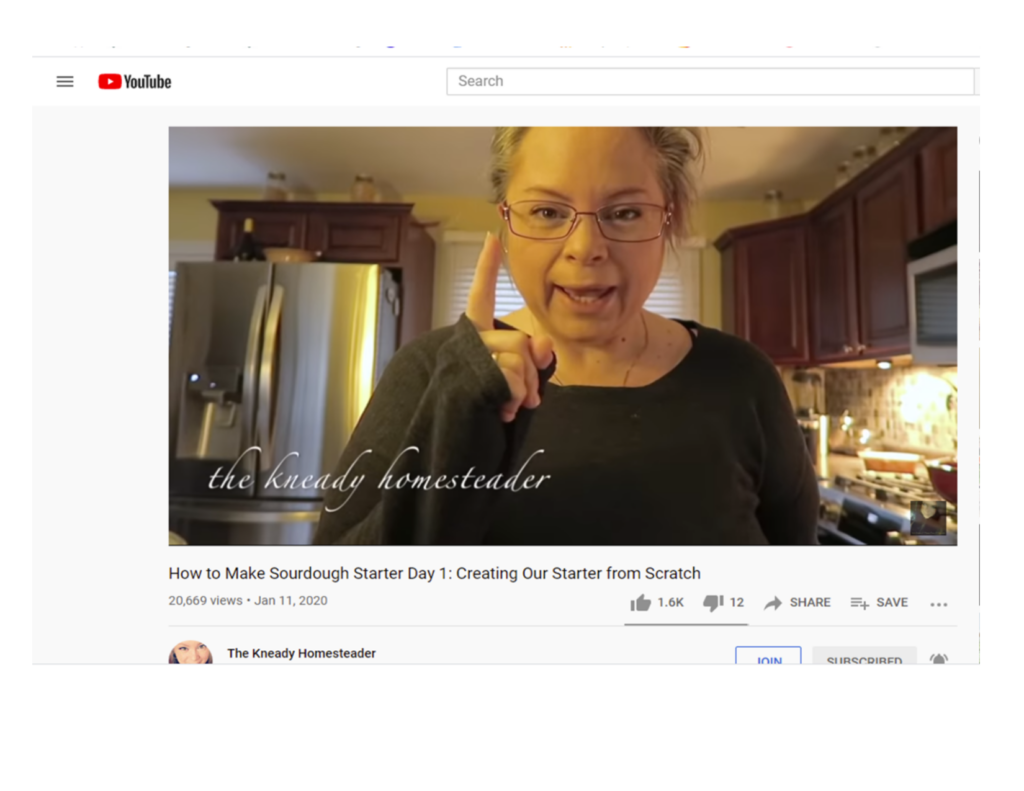
If you enjoy YouTube video tutorials. Please be sure to check out How to Make Sourdough Starter videos by the Kneady Homesteader.
Here’s another awesome video tutorial from Carla- a founder of Jovial Foods
All of these resources are so helpful and walk you through what to do each day.
It took about 1 week before the starter to become active and bubbly but nearly 6 months of regular care before I was able to create an active enough starter to make bread.
When you feed your starter, you have to discard a portion each time otherwise the stater would grow and grow and grow beyond the size of your container.
BUT DON’T THROW THAT BEAUTIFUL SOURDOUGH DISCARD AWAY!
Instead, try some excellent sourdough discard recipes from Farmhouse on Boone. Brownies, chocolate chip cookies, biscuits . . . you name it. HERE ARE SOME GREAT SOURDOUGH DISCARD RECIPES from Farmhouse on Boone. . . make these while you are nurturing your first starter!
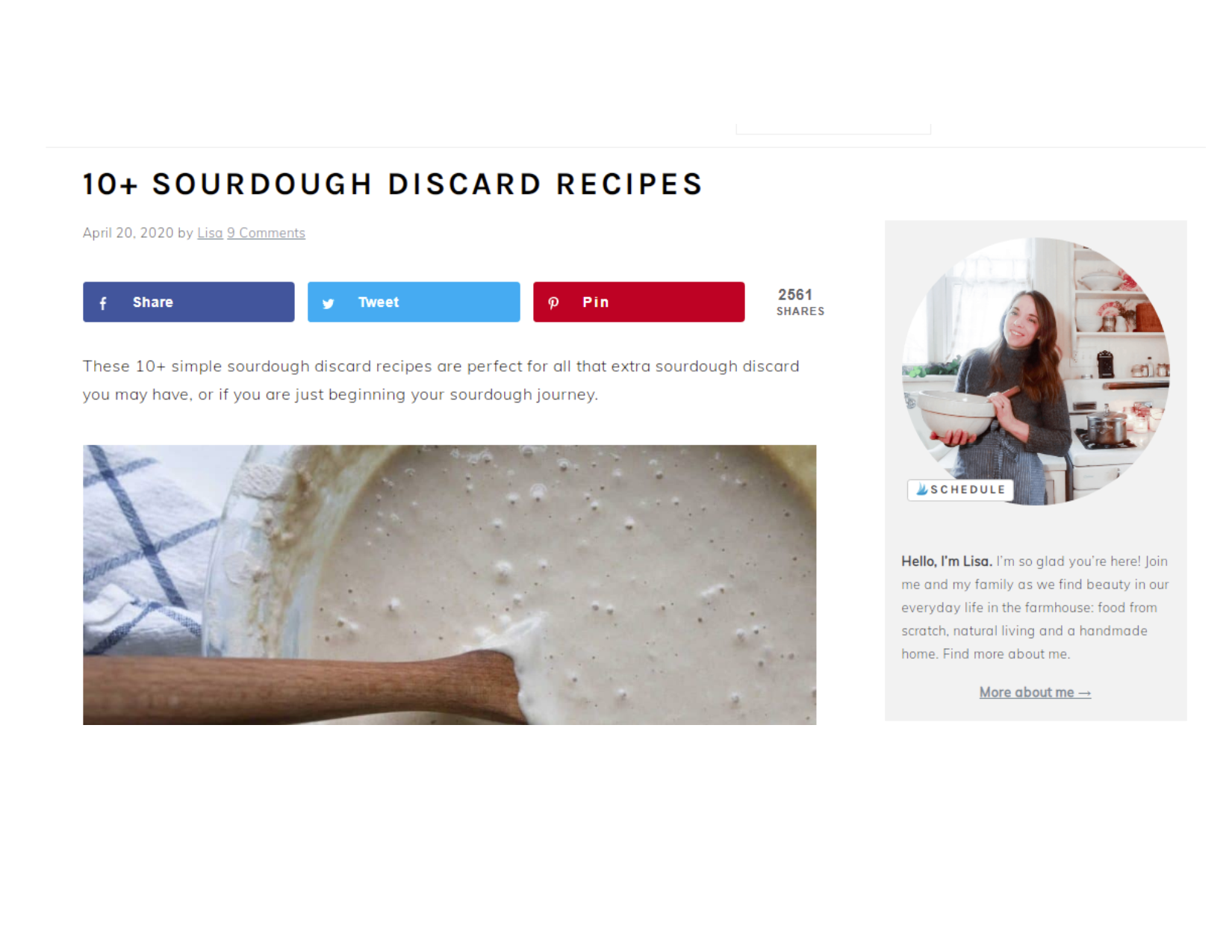
CLICK HERE If you desire a sourdough starter recipe and method that is EASIER: no daily feedings and NO discards!
Basic Sourdough & Starter Tips:
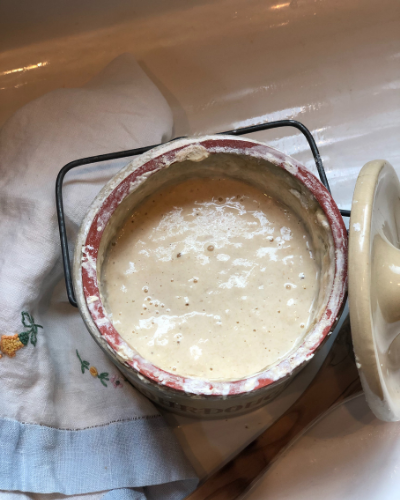
When first making a starter try using rye flour. Rye is a grain related to wheat but has more nutrients and tends to make a quicker, more active starter. Whole wheat flour is another option and is generally better than white flour for getting a starter going.
To get your starter going, try adding a small amount (1 tablespoon) of RAW honey in the beginning. Yeast loves sugar and this can help the natural yeasts grow and thrive. (don’t use honey with every feeding though)
How much and when should you feed your sourdough starter?
When you feed your stater, aim for a consistency like thick pancake batter. The starter will become looser as the flour absorbs the water.
I used to weigh and measure my flour and water close but honestly once your starter is mature, you can eyeball approximately 1:1:1 ratio. For example if you have 1 cup of starter, feed it 1 cup of water and 1 cup of flour. Don’t let getting all the kitchen gadgets out keep you from simply feeding your starter . . . it truly doesn’t have to be perfect but it does have to be fed. THAT BEING SAID, MAKE SURE TO WEIGH YOUR INGREDIENTS WHEN BAKING BREAD! THIS IS MORE ACCURATE AND WILL GIVE YOU MORE CONSISTENT RESULTS.
I have missed multiple days of feedings with my starter at room temperature. While I DO NOT RECOMMEND doing this, starters are a lot more sturdy than one would think. Just go for it and don’t be scared you will mess it up.
What is HOOCH when caring for a sourdough starter?
If you check on your starter and notice separation of the mixture with a grey colored liquid on top, feed it right away. This liquid is called “hooch” mix it in and proceed with your feeding.
If you find yourself in a extra busy time of life or go on vacation, sourdough starter stays good for a long time in the refrigerator without feedings. Simply feed it, going heavy on the flour (making it a very dry starter) and pop it in the fridge. While going months without feeding isn’t recommended, most of the time you can pull it out, feed it getting it to the right consistency again then let it become warm and active.
If your sourdough dough bread doesn’t rise well once it’s mixed and is too dense . . . DON’T THROW IT OUT. Make bagels OR pretzels out of it. They are dense anyway and the boiling process prior to baking helps the dough rise and lighten a bit.
Are you looking for way to make sourdough starter even easier? Then this is for you. . .
Learn all about MY DRY starter Method HERE & Keep Your Starter the NO FUSS way. No discards and NO daily feedings.
How to make Old Fashioned Sourdough Sandwhich Loaf
NOTE: I highly recommend weighing all ingredients in grams when mixing up this recipe. Measuring instead of weighing is less accurate. For example a sifted flour would weigh much less than a whole wheat therefor you would need more of it. Weighing ingredients is key!
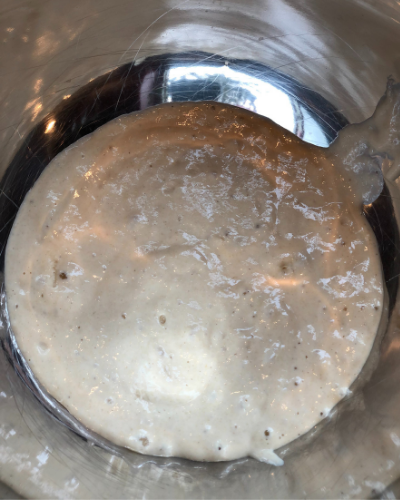
Measure 1/2 -1 cup or 140 grams ACTIVE sourdough starter into large mixing bowl.
If you are using my Easy to Keep Dry Sourdough Method, the active starter is the same thing as the LEVAIN.
Next, mix in 1/4 cup (75 grams) of honey and 1 and 1/2 cups (300 grams) warm water.
Now, stir this well and add 1/4 cup (50 grams) of melted and COOLED butter -or- coconut oil. Mix well with fork or whisk to incorporate sourdough starter evenly.
HOLD on adding salt to the very end. Salt adds flavor and structure to the dough but it will inhibit yeast activity if added too early in the process.
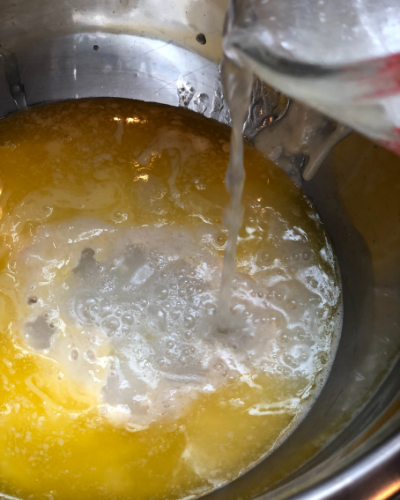
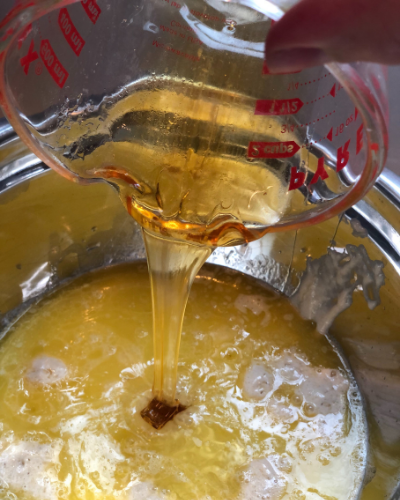
Mix in 3 cups (500 grams) of white bread flour and stir. Your dough will be very wet but don’t worry about that. . . just make sure all ingredients are mixed well.
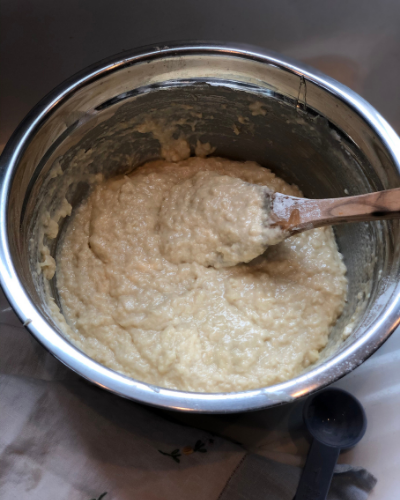
Next add 1 and 1/3 cups (175 grams) of whole wheat flour.
WAIT TO ADD SALT UNTIL THE DOUGH HAS RESTED AND YOU PERFORM YOUR FIRST STRETCH AND FOLD (KEEP READING!!)
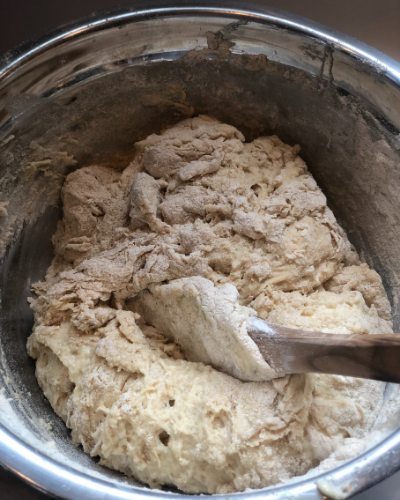
Stir until combined. Dough will be sticky and shaggy in appearance. Do not add too much flour. Moisture will be absorbed as the dough rests and ferments. With whole wheat four especially, you need to start with a wetter dough.
I like to use some whole wheat flour for the health benefits but also the nutty delicious flavor. You can use all white flour if you prefer.
Cover bowl with damp cloth or plastic wrap and let sit, rest or “autolyse” for 30 minutes. This allows the enzymes in the dough to activate and the flour to begin to be converted into simple sugars. The flour will also begin to absorb moisture.
After a 30 minute rest. . .
Sprinkle 3/4 Tablespoon (15 grams) of salt on top of dough and stretch and fold the sides of the dough in on itself incorporating the salt. The stretching and folding activates the gluten network in the dough, strengthening it and giving the shaggy dough ball a smoother texture and appearance.
Cover the bowl again and let rest for another 30 minutes.
Return and preform another series of stretch and folds by gently tucking your fingers between the dough and the bowl and grabbing a handful – stretch it up slightly and tuck it over the top of the dough towards the center.
Repeat the tuck and folds all the way around the edges of the bowl until the dough stops giving in to stretching.
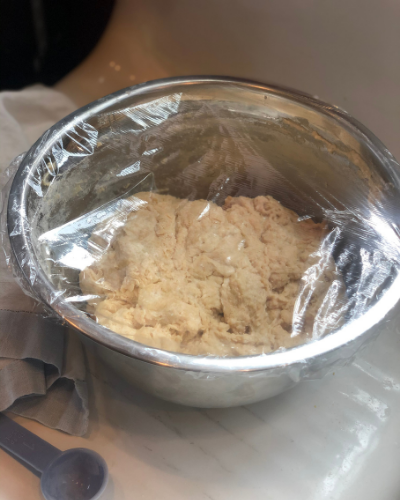
Cover bowl with plastic wrap or damp towel and bulk ferment aka long-rise your dough in a warm location overnight or at least 8-10 hours.
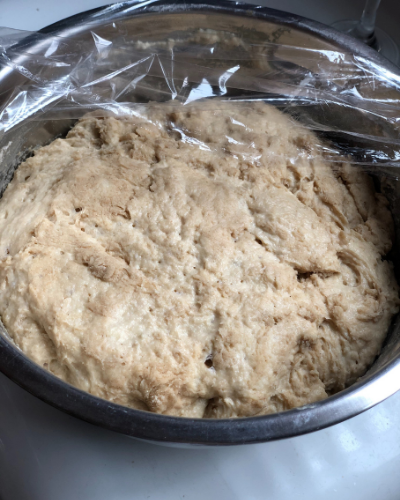
Dough should be nearly doubled before you are ready to shape into desired end product – rolls, bread loaf, rustic boule etc.
How to bake Old Fashioned Sourdough Sandwich Loaf using regular loaf pan:
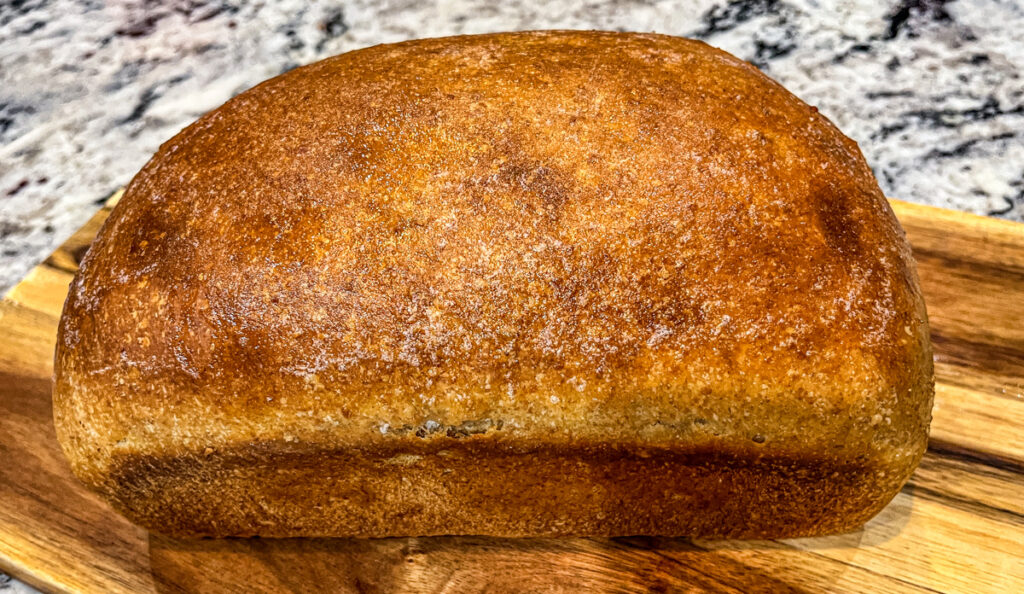
- After your dough has bulk fermented and doubled – remove it from the bowl onto lightly floured surface and shape into loaf.
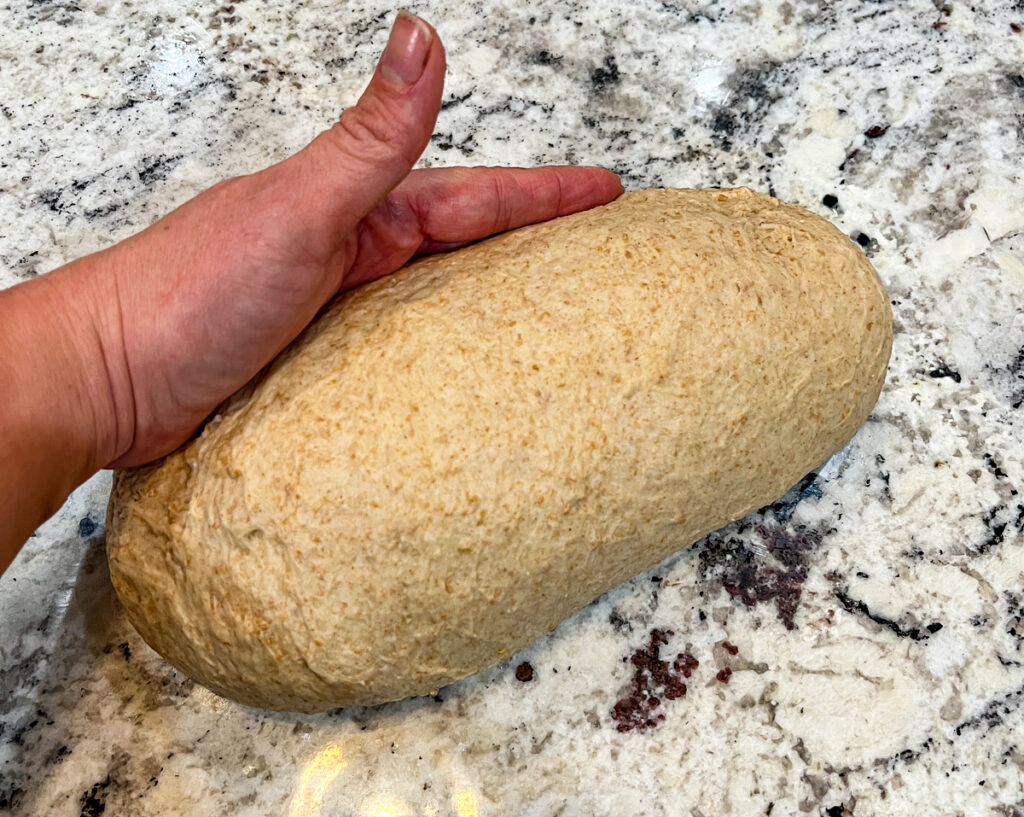
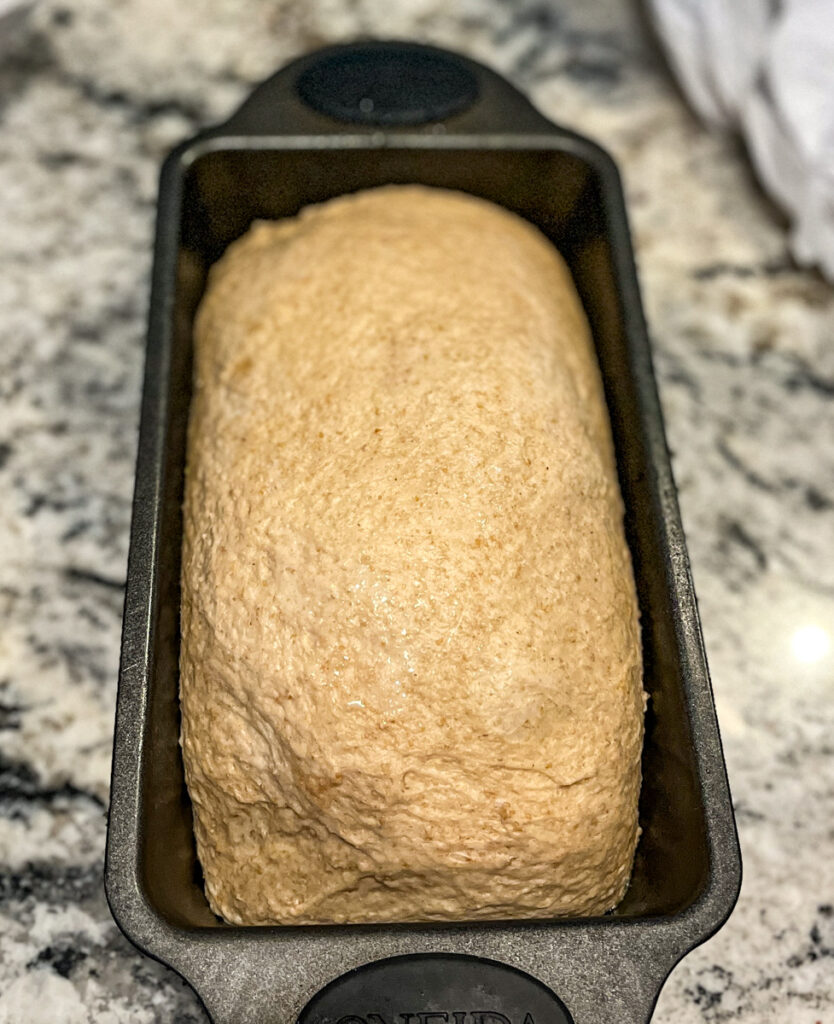
- Next, place dough loaf in greased/buttered loaf pan.
- Now, cover pan with plastic wrap and let rise aka “proof” in warm place for 2-4 hours or until nearly doubled. Alternatively you could “cold proof” your loaf by covering and placing in refrigerator for up to 36 hours. Cold proofing slows fermentation but deepens the sour flavor and helps achieve and nice crisp crust.
- When ready to bake – Preheat oven to 350 degrees F and bake for 30-40 minutes until brown. Your loaf should sound hollow when tapped and feel light! You can bake a cold proofed dough right out the fridge.
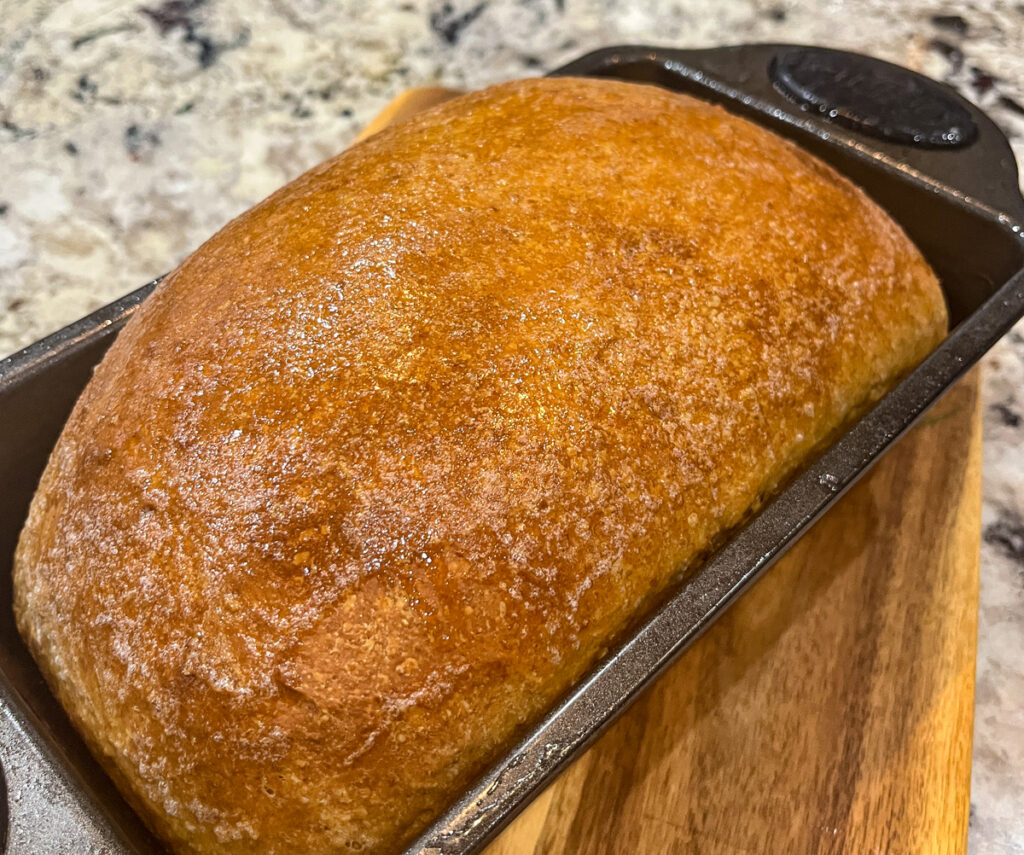
- Rub top of warm loaf with butter for a soft, chewy crust.
- Let cool before removing from pan and slicing.

CLICK HERE to learn how to make a more artisan sourdough loaf: Super Simple, BEAUTIFUL Rustic Whole Wheat Sourdough Boule!
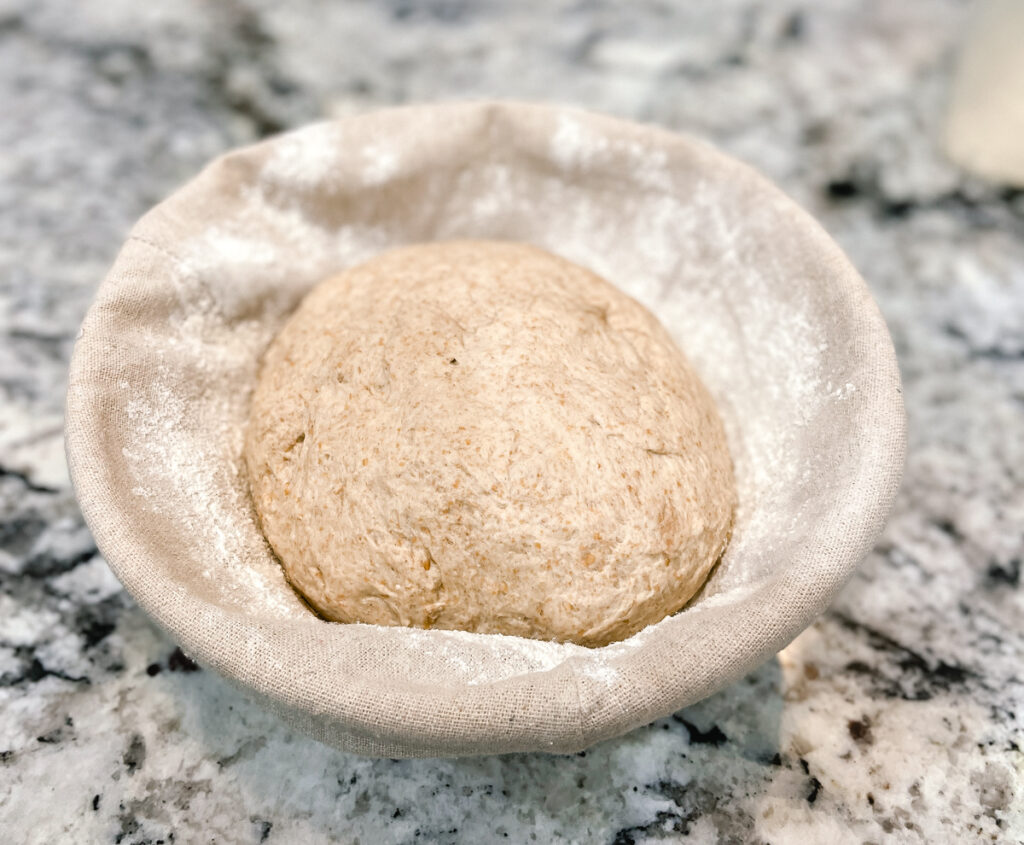
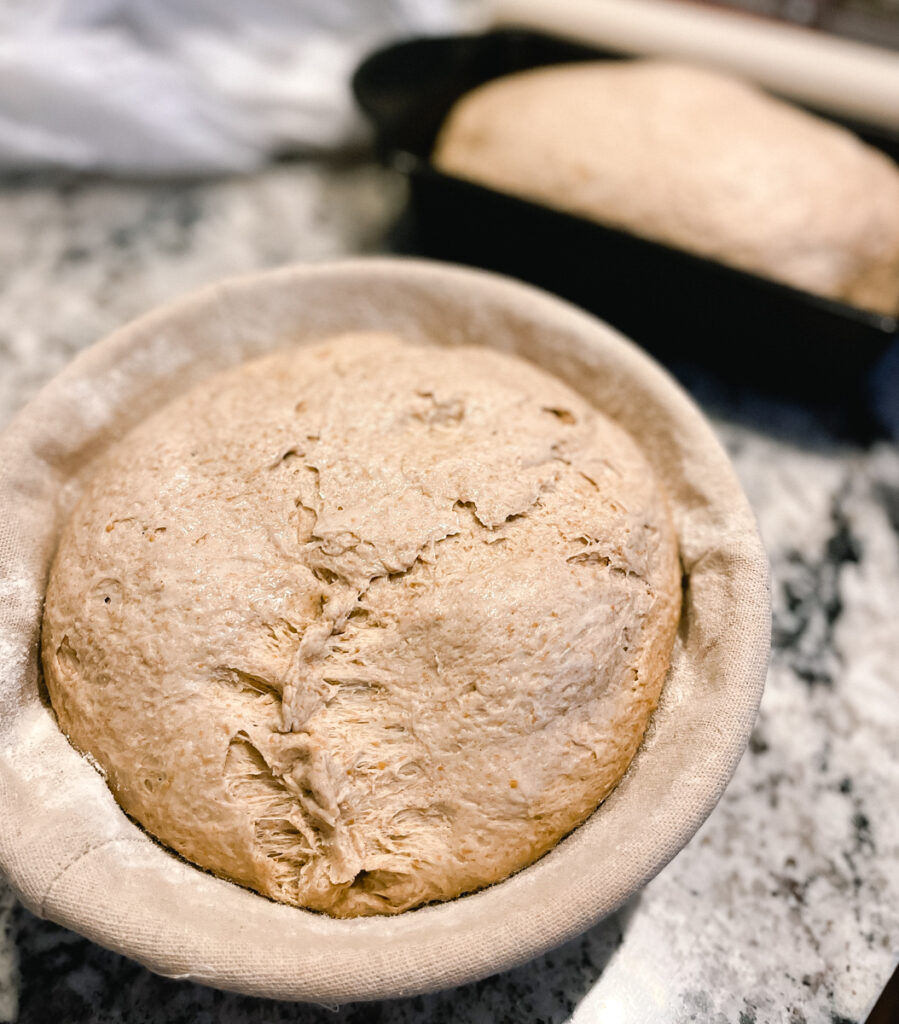
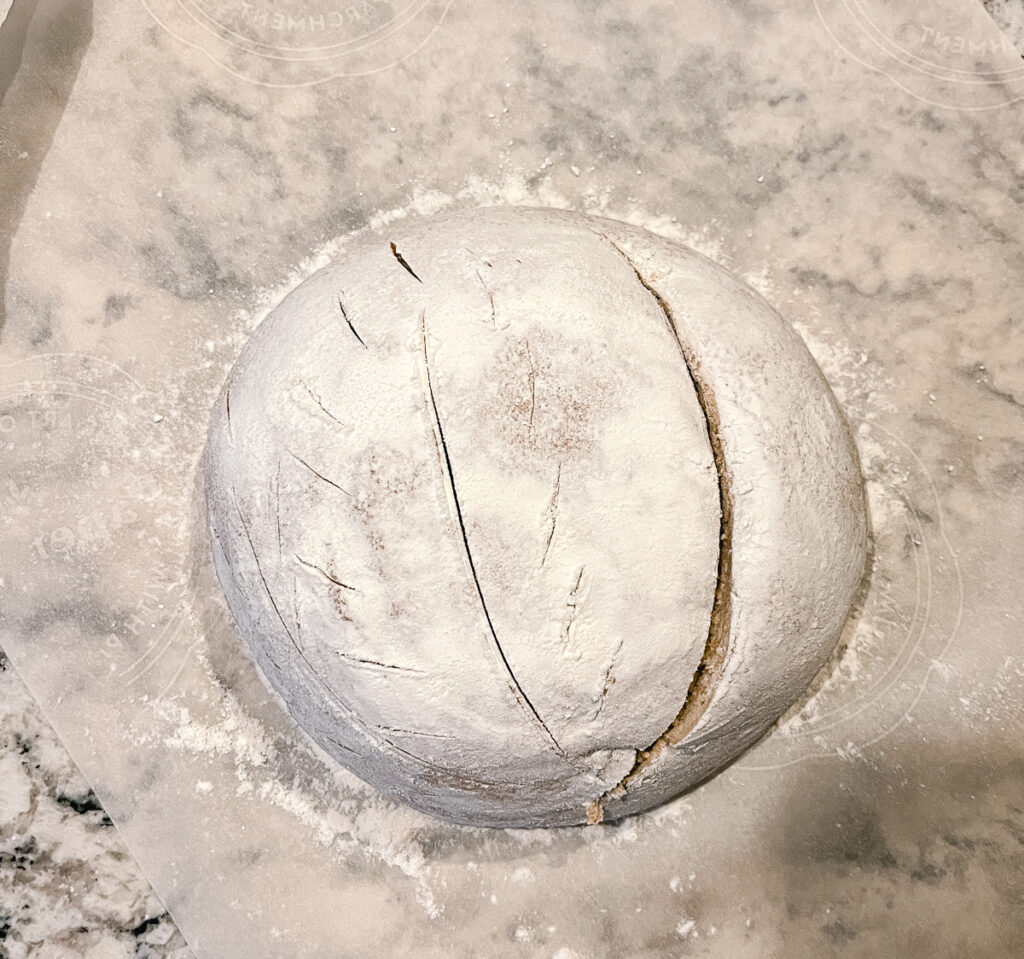
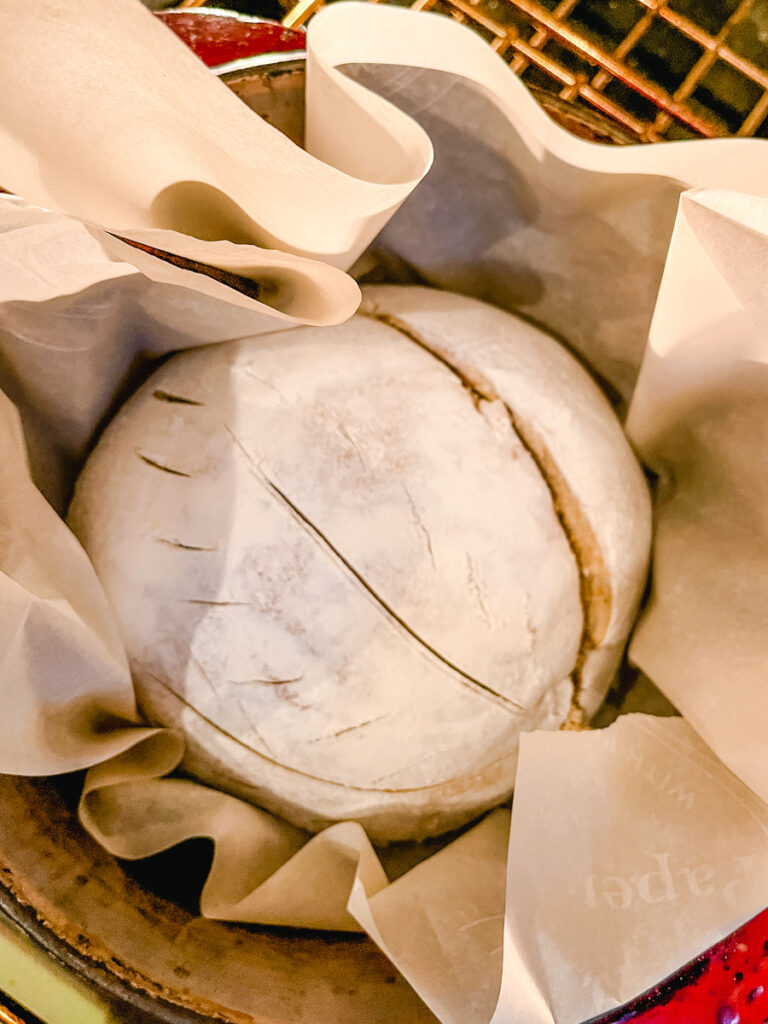
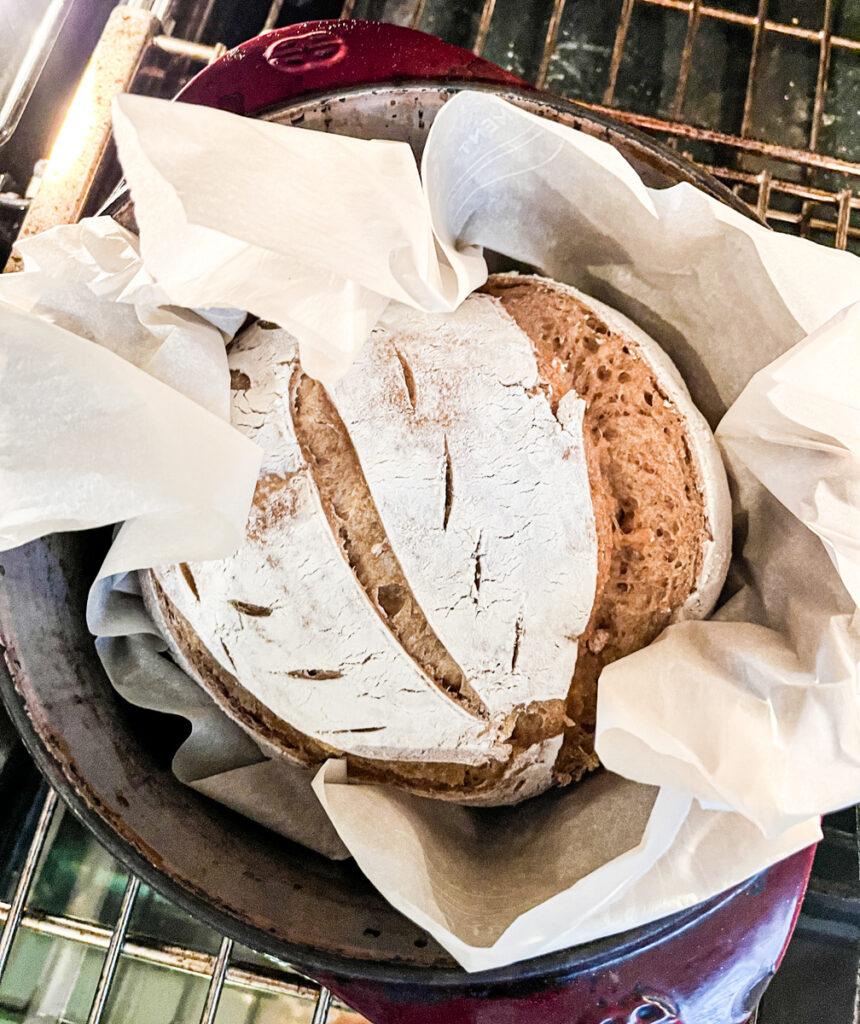
Thank you for stopping by and learning all about delicious and easy no-knead sourdough bread. I appreciate you being here and encourage you to bake your own homemade bread. If sourdough is not your thing please be sure to check out some other great recipes below.

Shop this post!
Enjoy more easy and delicious bread recipes:
Pin it for later

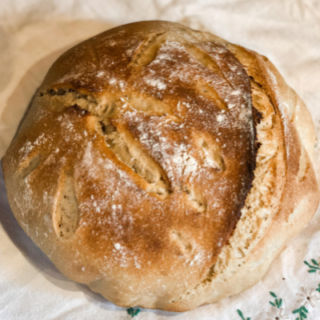
Old Fashioned Sourdough Sandwich Loaf
This basic sourdough recipe couldn't be easier. Sourdough doesn't have to be scary and with simple ingredients, no special tools and NO KNEADING, what could be easier? Master this easy recipe then try turning it into sweet rolls or bagels. The possibilities are endless. YUM!
Ingredients
- 1 cup (140 grams) of active sourdough starter
- 1/4 c (50 grams) melted butter OR coconut oil
- 1/4 c. (75 grams) honey
- 1 1/2 c. (300 grams) warm water
- 3/4 Tbsp. (15 grams) salt
- 3 cups (500 grams) white, unbleached all-purpose bread flour
- 1 1/3 cups (175 grams) of whole wheat bread flour
Instructions
- Measure or weigh sourdough starter into large mixing bowl.
- Add warm water and mix with fork or whisk until milky.
- Add melted and cooled oil OR butter AND honey. Mix well with fork or whisk
- Add white flour and stir until incorporated.
- Add the remaining flour (whole wheat flour) and stir to combine. Dough will be sticky and shaggy in appearance.
- Cover with plastic wrap or damp towel and let rest for 30 minutes. Moisture will be absorbed as the dough rests and begins to ferment.
- After this first 30 minute rest add salt by sprinkling over surface and using your hands to stretch and fold the dough on all sides - stretch up and to the middle of the ball. (Salt improves flavor and structure but can slow down fermentation so that is why it's add last.)
- Cover bowl with plastic wrap or damp towel and let sit in warm location for another 30 minutes.
- Perform another series of stretch and folds - pulling dough up from the sides and folding over toward the middle - do this until dough has no more stretch to give.
- Cover with damp towel or plastic wrap and let "bulk ferment" or "long rise" your in a warm location overnight or at least 8-10 hours.
- Dough should be nearly doubled and bubbly before you are ready to shape and let proof. See below for regular loaf pan and Rustic dutch oven boule methods of forming, proofing and baking.
Regular Loaf Pan Method:
- Punch dough down after the bulk fermentation stretch and fold dough ball in on itself and shape into loaf.
- Place dough loaf in greased/buttered loaf pan.
- Cover with damp towel or plastic wrap and let proof in warm location for 2-4 hours until slightly risen OR cold proof in refrigerator for UP TO 36 hours.
- When ready to bake - Preheat oven to 350 degrees F and bake for 30-40 minutes until risen and brown
- Rub warm top of loaf with butter
- Let cool before removing from pan and slicing.
Rustic Dutch Oven Loaf Method:
- After the bulk fermentation phase - scrap dough out of bowl onto a lightly floured counter. Stretch and fold dough from edges to center and using your hands wrap them around the top of the dough ball and roll them down as you pull the dough toward you on the counter. This will form a nice tight ball with firm taught surface as you tuck all sides under.
- Place dough ball top down in floured banton proofing basket - Or -use a floured, tea towel lined bowl.
- Cover proofing basket/bowl with plastic wrap or damp tea towel to rest and rise in a warm area 2-4 hours. - OR - Cold Proof your dough by placing in refrigerator for up to 36 horus. Dough should be slightly risen but won't double.
- Preheat oven to 450 Degrees F. Using a dutch oven with lid place it the bread oven to preheat as well
- When ready to bake, remove loaf from proofing basket by inverting onto large piece of parchment paper. (You can do this right out of the fridge if you used cold proofing method. Dust the top of the loaf lightly with flour and score it to control expansion. At least 1 large score/slash should be 1.5-2 inches deep and is your primary score to allow steam to escape. The rest of your decorative scores should be 1/2 to no more than 1 inch deep.
- Using the parchment to pick up the loaf, set it inside the dutch oven and put LID ON.
- Place dutch oven inside the bread oven and bake with LID ON for 20 minutes.
- Decrease oven temperature to 400 degrees F and REMOVE LID, continuing to bake another 20 minutes or until the crust is beautifully crisp and golden brown.
- Remove from oven, allow to cool slightly and using the parchment to transfer to cooling board.
- Wait until cooled to slice.
Notes
If you would rather make this recipe with NO whole wheat flour simply substitute with ALL white flour but make sure to WEIGH all ingredients instead of measuring as this is more accurate..
I would NOT recommend making this with ALL whole wheat flour as the gluten development and the rise will be lacking. Use AT LEAST one cup of white flour.
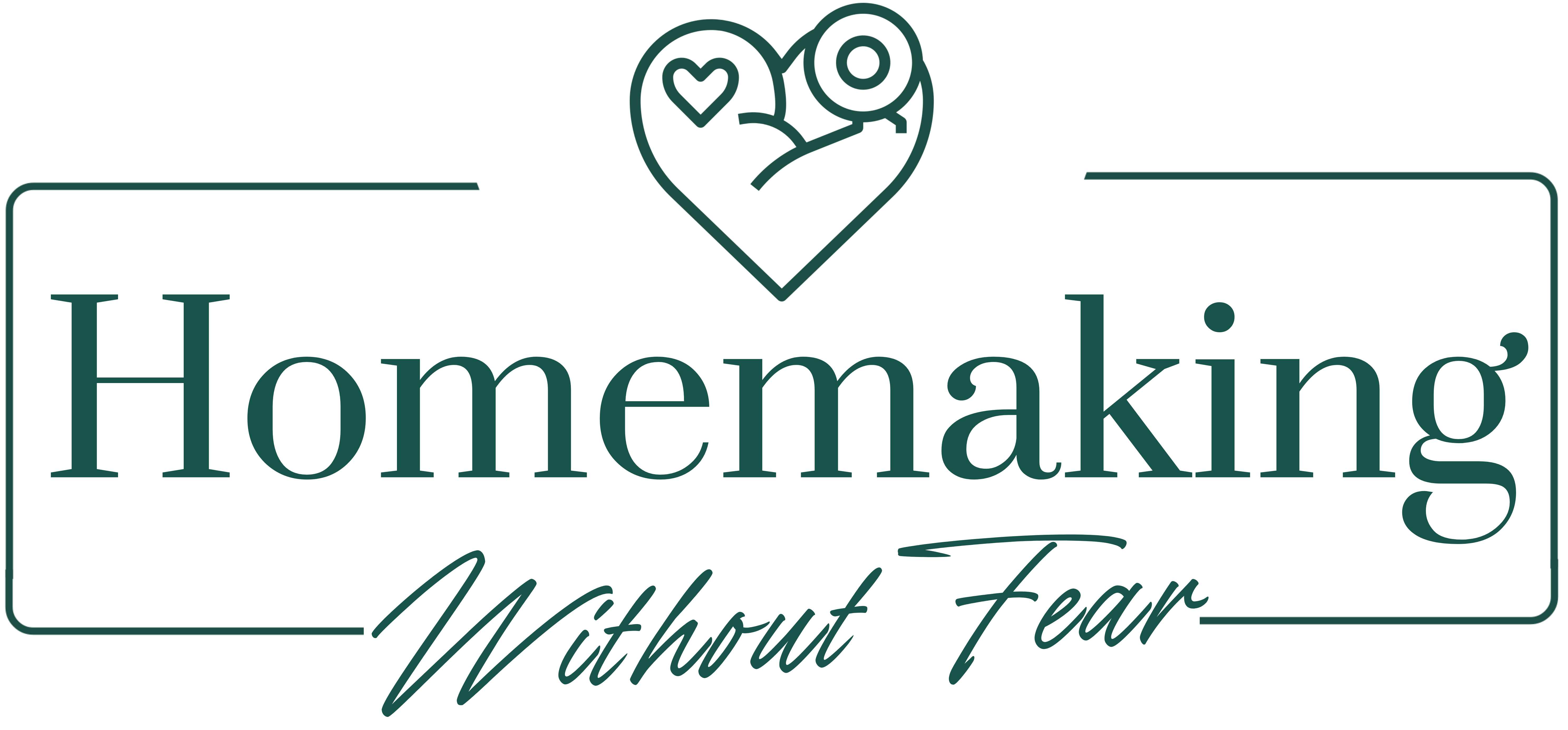
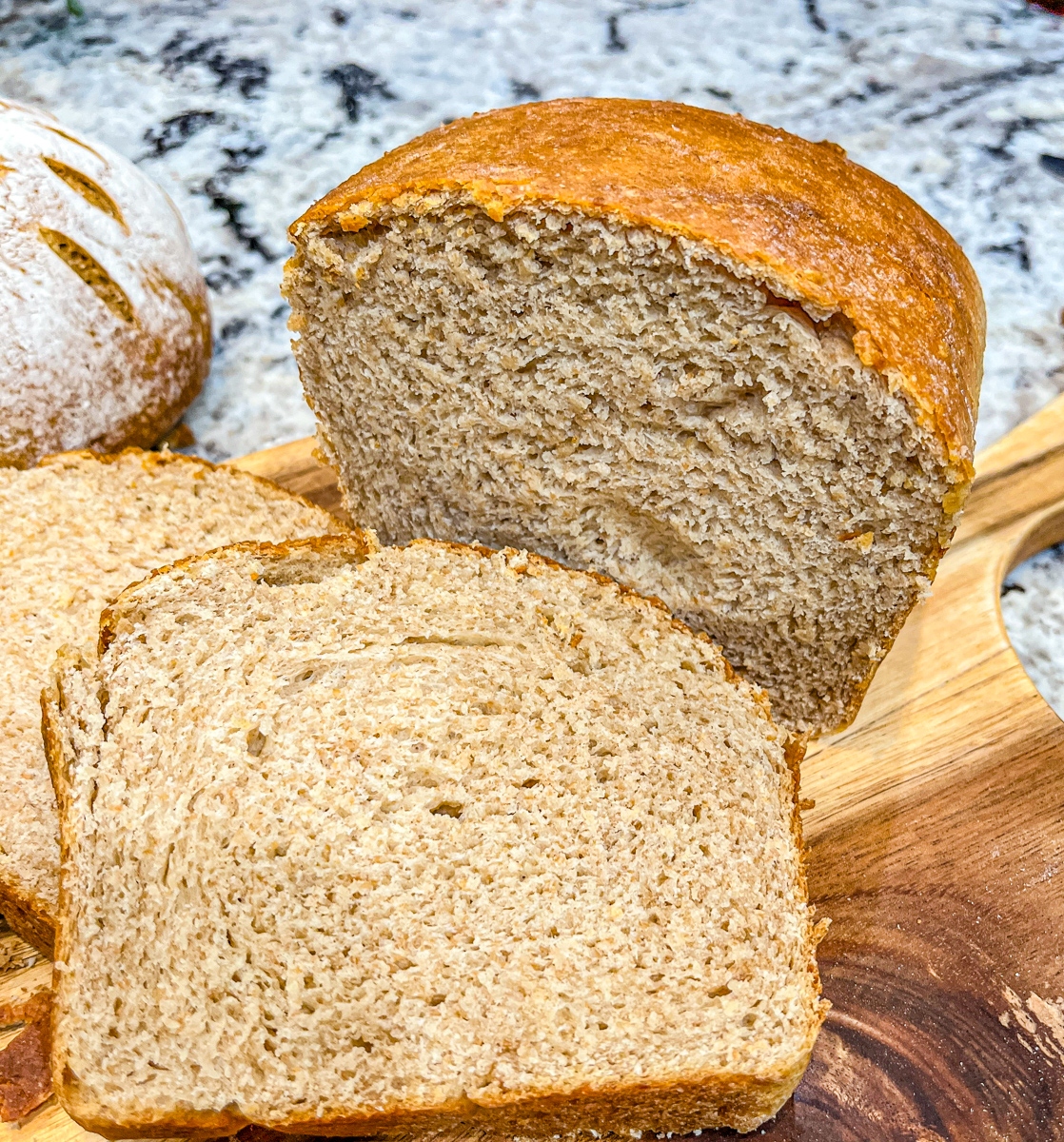
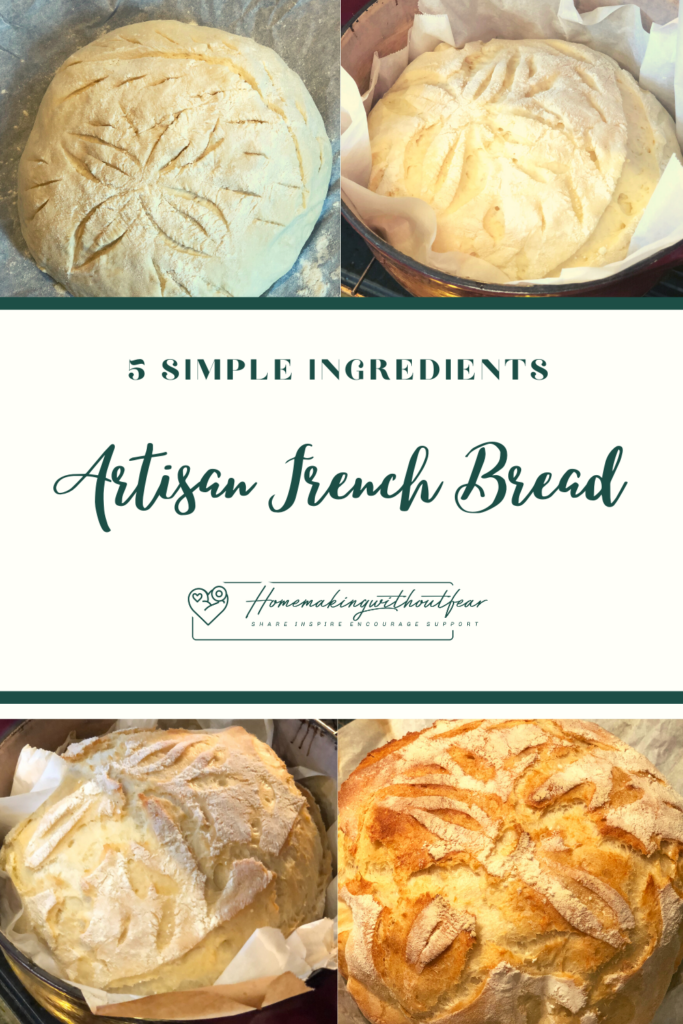
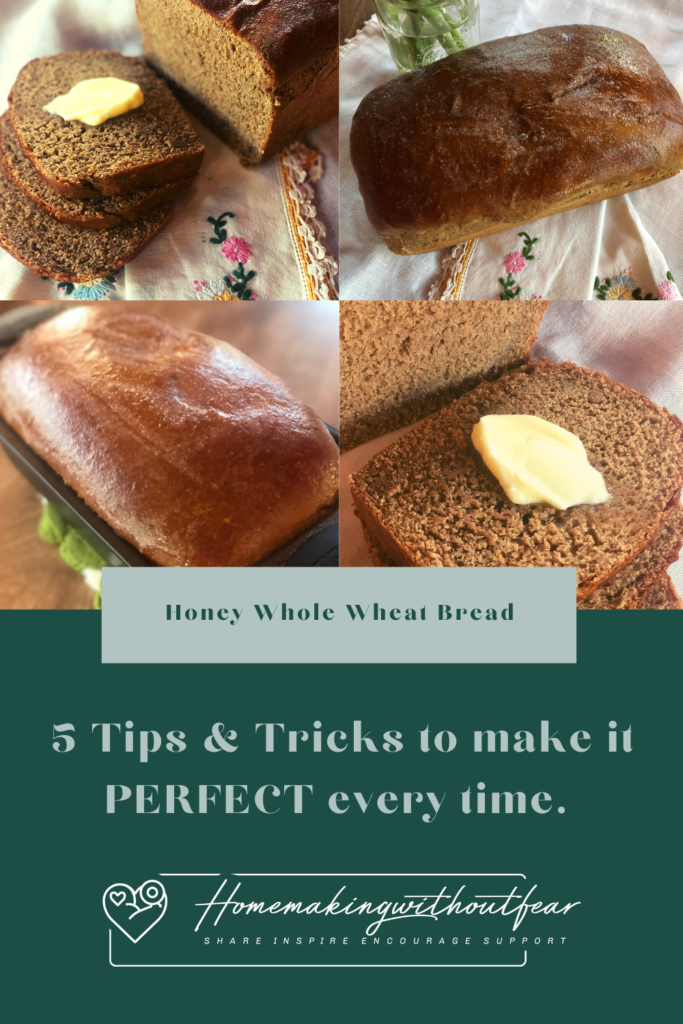


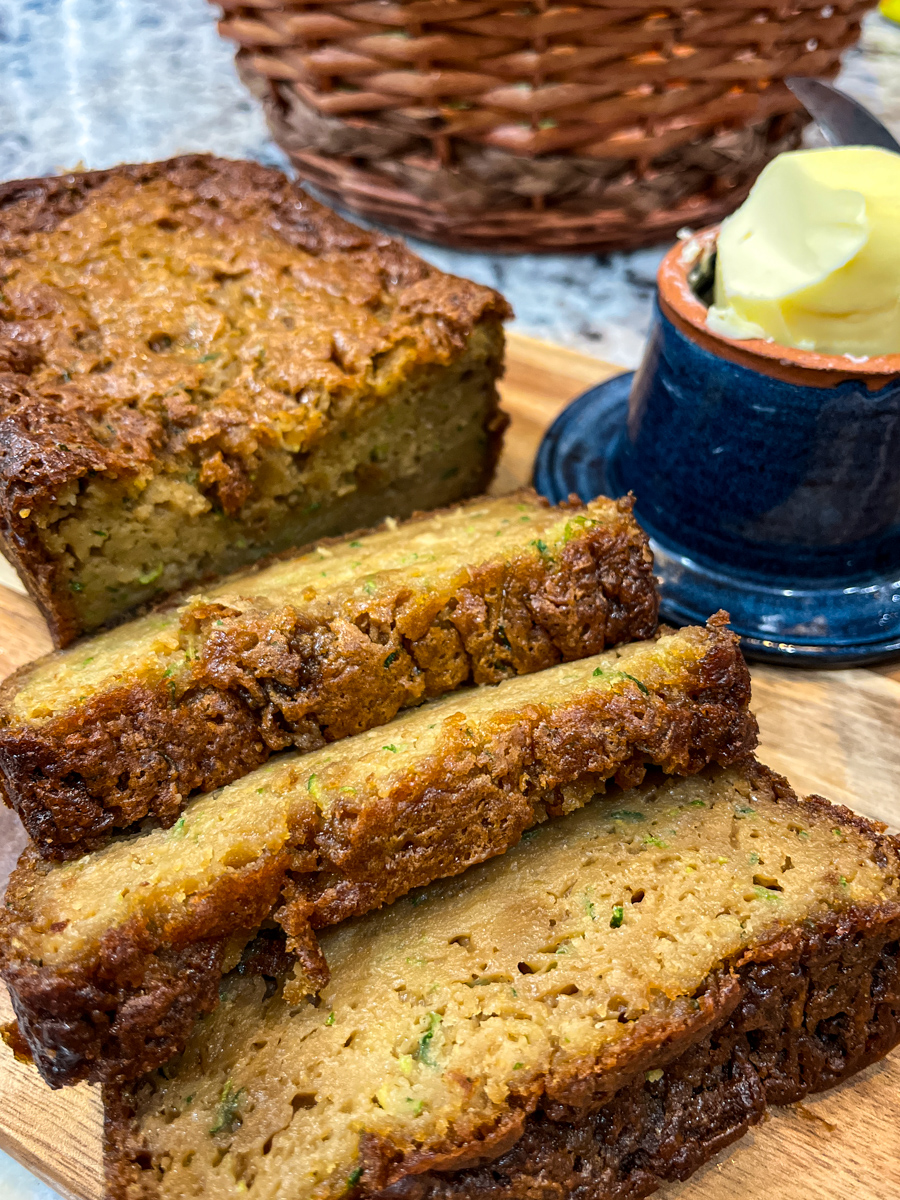
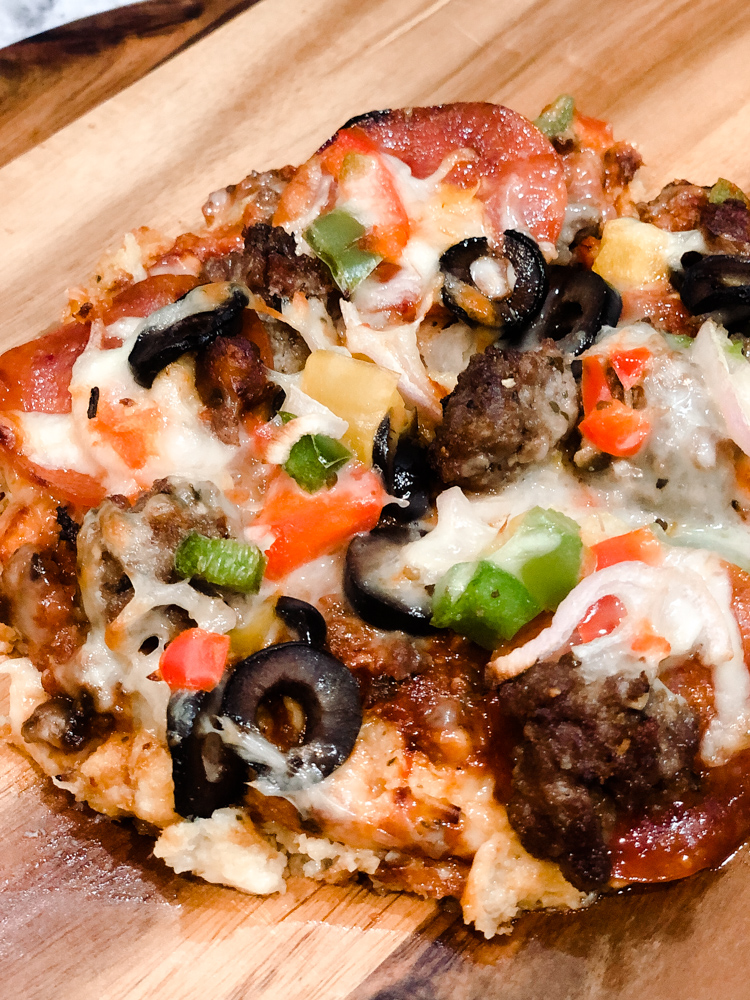
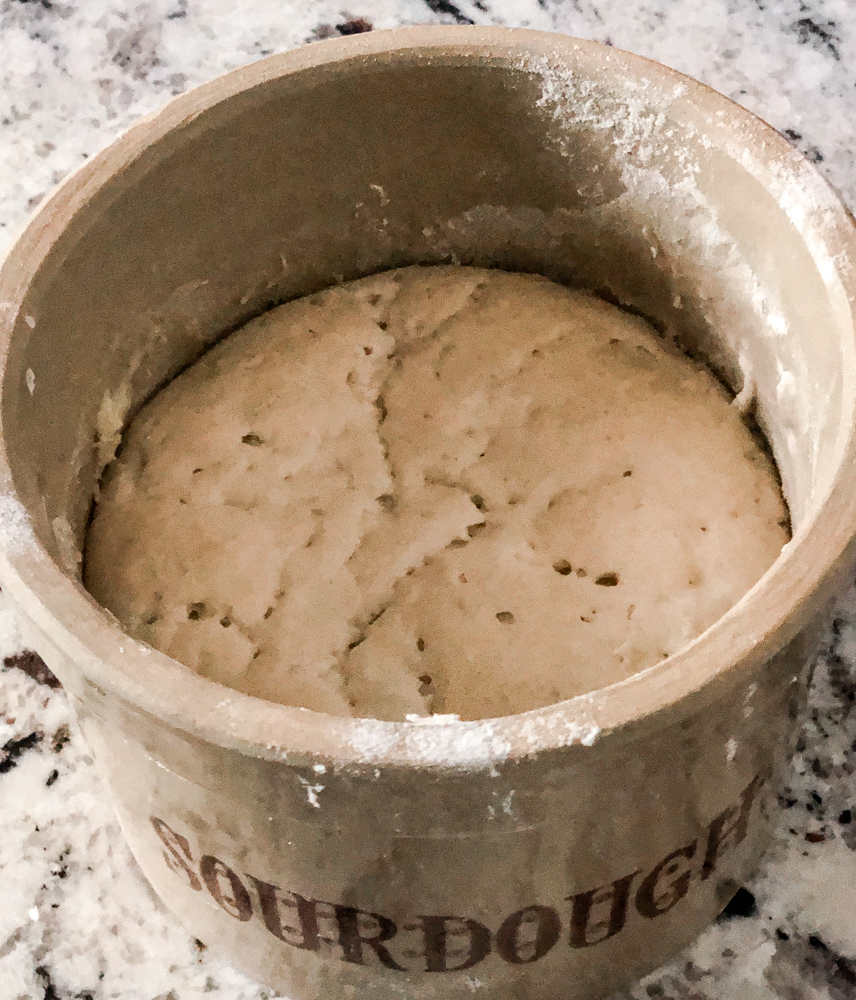
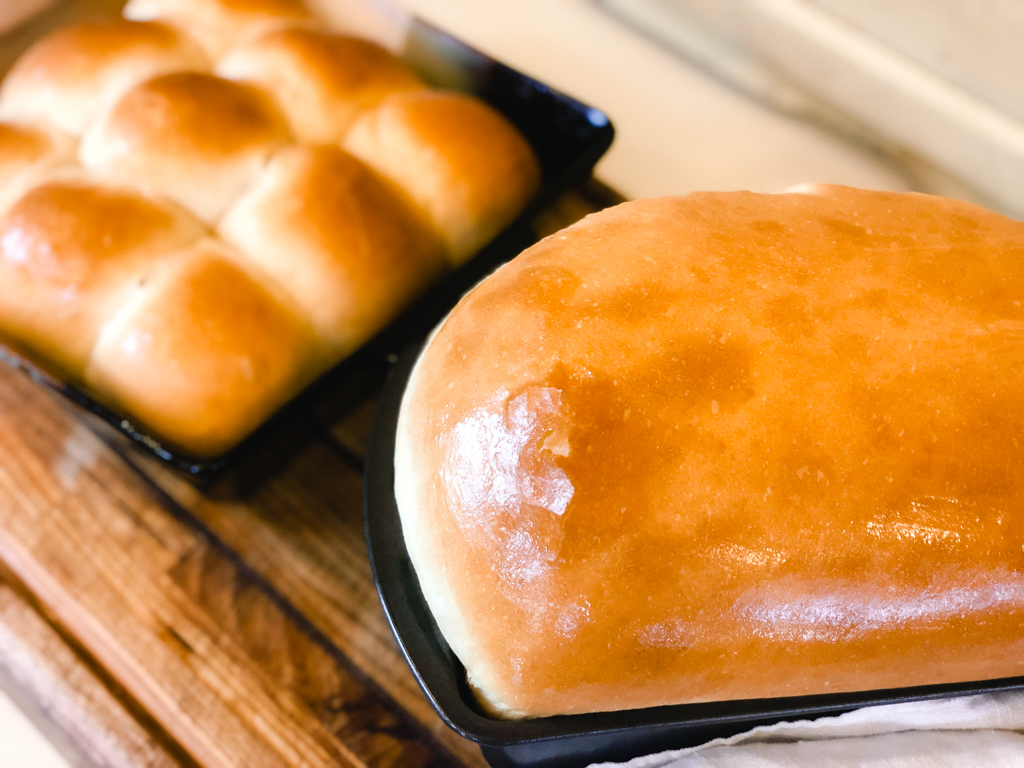
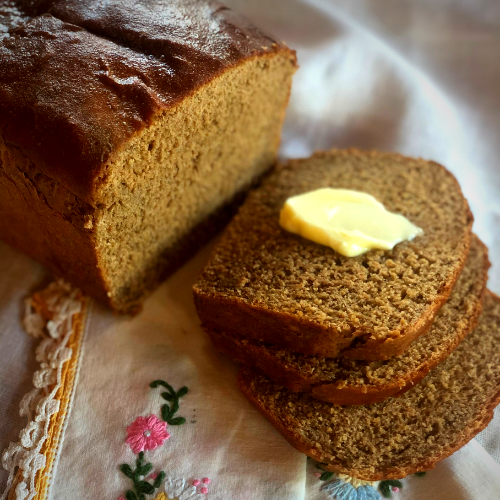
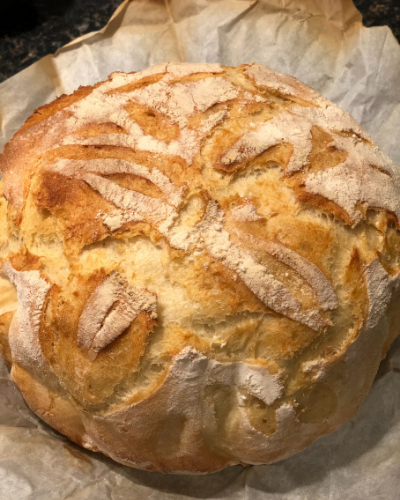
kassy, there’s a company in Idaho that i got my sourdough starter from, if you want to experiment with sourdoughs from all over the world! http://www.sourdo.com
That is awesome! I have heard there are some people that ship starters. Every one has a unique flavor. I’m totally sold on sourdough. thank you for sharing this info with me!